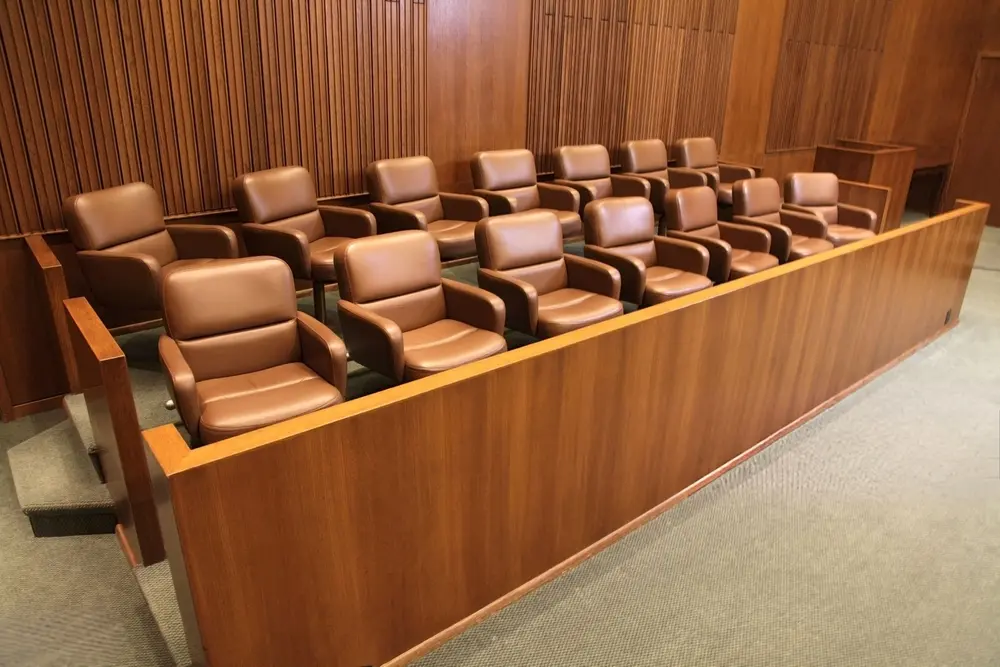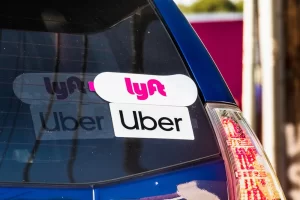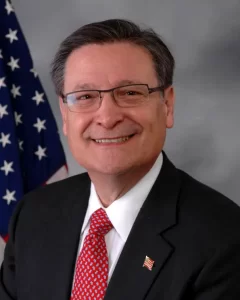In the first Uber sexual assault case to reach a jury, a California state court jury panel in San Francisco found Uber negligent in failing to protect a passenger but declined to impose liability, deciding its negligence was not a “substantial factor” in the harm. In other words, because the jury found Uber negligent but not legally liable, no financial compensation was awarded to the survivor in this case. The verdict acknowledges that Uber’s safety measures were lacking, but it stops short of requiring the company to pay damages.
The split verdict, with jurors accepting a breach of duty but rejecting causation, carries heavy implications for the thousands of other claims still pending.
Why the Jury Refused to Hold Uber Liable
The jury’s decision likely turned on causation and foreseeability. What this means is the jury weighed whether Uber’s shortcomings can be shown to have meaningfully contributed to a driver’s criminal act. While the jurors accepted that Uber’s safety protocols were deficient, they balked at holding Uber responsible for the assault itself (the plaintiff claims she was groped and kissed without consent).
Plaintiffs’ attorneys pushed Uber’s internal safety proposals, such as gender-matching and in-car cameras, and pointed to internal data showing ride risks to demonstrate that Uber had notice of dangers. But they may have failed to tightly connect those corporate policies to how the particular driver was vetted, supervised, or monitored in the plaintiff’s ride.
Uber’s defense, in contrast, emphasized that the driver’s independent criminal decision severed the chain of liability and that Uber’s background checks, rating systems, and safety disclosures met industry norms. The fact that jurors delivered a negligence finding but then rejected liability suggests that Uber’s arguments about intervening actors, scope of duty, and proximate cause resonated in deliberations. Put more simply, the jury agreed Uber’s safety practices were flawed, but decided the company should not have to pay for the driver’s crime.
Can The Plaintiff Appeal?
Yes, the plaintiff can appeal the verdict. An appeal would not retry the case or re-weigh the evidence, but could attack legal issues from the trial. For instance, whether the jury instructions on causation or duty were correct, or whether the judge made errors in allowing or excluding certain evidence.
As of now, there is no public indication that the plaintiff’s legal team has formally announced an appeal. If they do decide to appeal, it could potentially lead to a new trial or partial reversal depending on how the appellate court evaluates any asserted legal errors.
Litigation Backdrop: State Courts, MDL 3084, and the Road Ahead
This case is only the opening act. In California alone, hundreds of similar state court lawsuits remain, while over 2,500 related claims have been consolidated under MDL 3084 before Judge Charles Breyer in federal court. The first federal bellwether trial has been scheduled for January 7, 2026. In the MDL, Judge Breyer has already dismissed certain fraud-based claims, while permitting negligence and product-liability arguments to proceed. Meanwhile, in this California state litigation, additional bellwether cases are expected to be scheduled.
Plaintiffs’ attorneys in future trials will almost certainly sharpen their causation theories by focusing heavily on driver-specific fact patterns. Think: red flags, prior complaints, communication logs, ride analytics, etc. This will more clearly tie Uber’s omissions to individual misconduct. Rideshare plaintiff attorneys may also push harder on “product” or design-based theories, such as arguing that the Uber app’s matching algorithm or failure to offer gender-match features constitutes a defect.
Because the MDL system allows for coordinated testing of legal theories and jury responses across many fact patterns, this initial verdict should not be seen as the end of the road, but as a guidepost. Repeated litigation in varying contexts may help erode Uber’s defenses or increase pressure toward settlement in future cases. The lesson: survivors of Uber sexual assault should not regard the decision as a doomsday scenario.
Are You A Survivor Of Uber Driver Sexual Assault?
It is not too late to come forward. Survivors are still filing new Uber driver sexual assault claims in both state and federal courts. If you experienced an assault involving an Uber driver, you may still have legal rights and options. Learn more about the ongoing litigation at our Uber Sexual Assault Lawsuits page.




